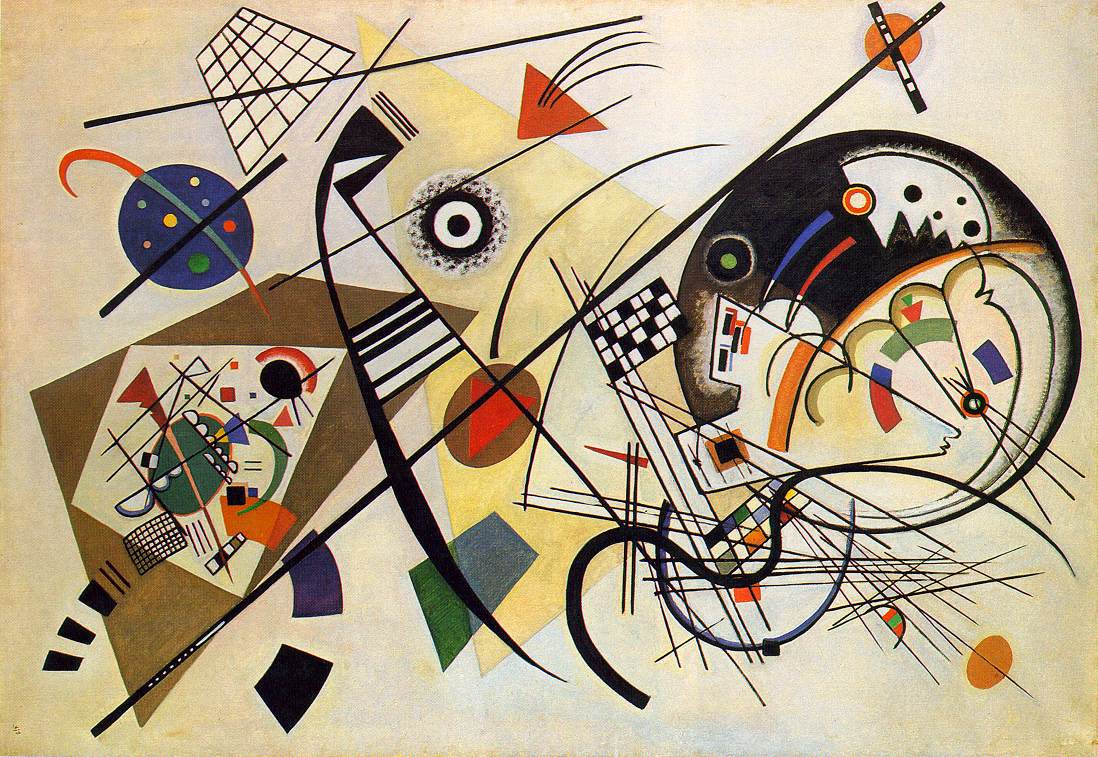Now considered to be the first American artistic movement of international importance, the term was originally used to describe the work of Willem de Kooning, Jackson Pollock and Arshile Gorky.
The movement can be more or less divided into two groups: Action Painting, typified by artists such as Pollock, de Kooning, Franz Kline, and Philip Guston, stressed the physical action involved in painting; Color Field Painting, practiced by Mark Rothko and Kenneth Noland, among others, was primarily concerned with exploring the effects of pure color on a canvas.
Abstract expressionism is a post–World War II art movement in American painting, developed in New York in the 1940s. It was the first specifically American movement to achieve international influence and put New York City at the centre of the western art world, a role formerly filled by Paris.



Wassily Kandinsky
Russian-born painter Wassily Kandinsky is credited as a leader in avant-garde art as one of the founders of pure abstraction in painting in the early 20th century.
Born in Moscow in 1866, Wassily Kandinsky took up the study of art in earnest at age 30, moving to Munich to study drawing and painting. A trained musician, Kandinsky approached color with a musician’s sensibility. An obsession with Monet led him to explore his own creative concepts of color on canvas, which were sometimes controversial among his contemporaries and critics
It is likely that Kandinsky had the condition known as synaesthesia which allowed him to hear colour and see music. The power of this ability was first brought home to him at the age of 26 when, during a performance of Wagner’s opera Loenghrin, he experienced the mighty sound of the symphony orchestra in a whole range of vivid colours that evoked scenes of Moscow. He knew immediately that he wanted to paint them.





I personally haven't learned much from looking into Abstract Expressionism, I learned how bad people were during this time, I mean I knew that after the War things weren't exactly peachy but I never really knew just how bad it really was and how desperate people were for something good, I got this feeling from looking at all of the videos and seeing all of these advertisements for new products.
Apart from this I haven't learnt much, while I do enjoy learning about these sort of things and find it interesting, I just cant get into it as much as other people.
No comments:
Post a Comment